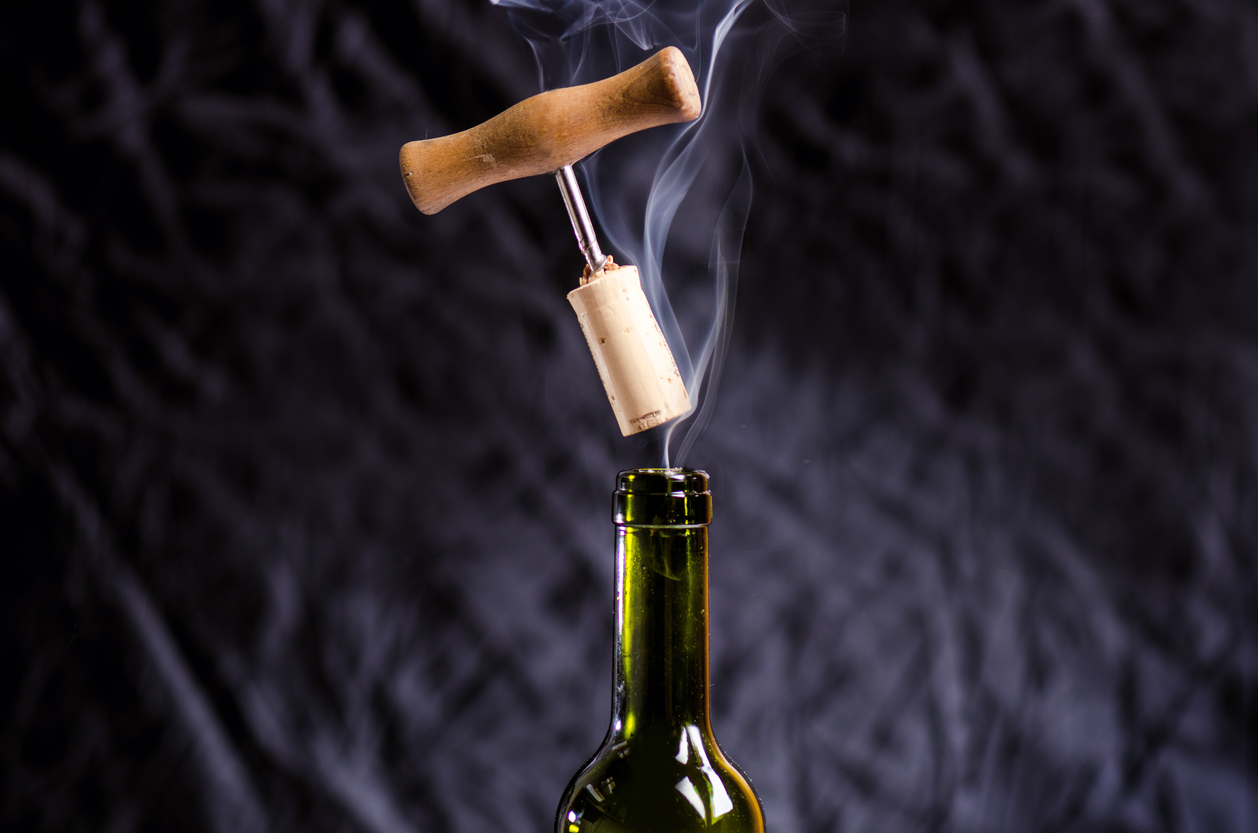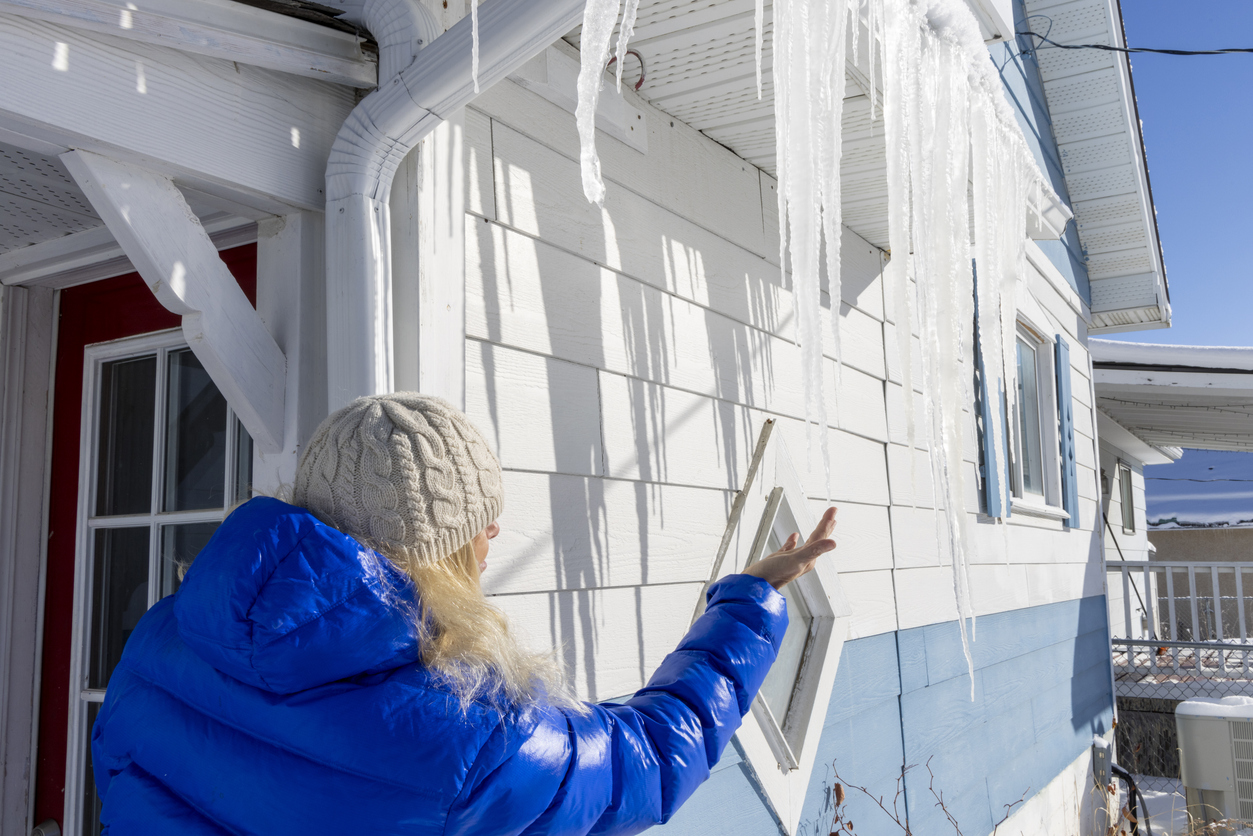While many enjoy “smokey” notes in their wine, no one enjoys the flavor of an ashtray. But that is exactly what can occur to wine made with smoke-tainted grapes. Wildfires produce an excessive amount of smoke combustion byproducts, and currently many of the wildfires raging now are in wine country. Because wildfire season lines up with winery harvest season, smoke-tainted grapes are an unfortunate reality – especially this wildfire season.
Insurance claims for smoke damage to grapes can be very tricky. During a wildfire, particulates known as “volatile phenols” may come in contact with grapes and get absorbed through the skin. The phenols absorb quickly and bond with sugar. Once bonded with sugar, the phenols become tasteless until the bonding breaks, usually after fermentation. At this point, the ashtray flavor returns, and that Wine Spectator score drops by 20 points. There are many steps needed to properly handle the insurance side of this problem. Here are some key tips.
Identify the date of smoke contact as soon as possible. Were the grapes on the vine or picked? Grapes on the vine are not covered by private insurance but may be covered through the Federal Crop Insurance Corporation. Picked grapes are covered, and typically so is wine in process. However, smoke taint is only covered under specialized policies or endorsements and are not included in basic business owner policies (or homeowners policies for those individuals who grow grapes at their personal estate). The claim steps for private insurance will likely differ from the steps mandated in the Federal Crop Insurance Act.
Another smart move is to send some grapes off for laboratory testing. Do this as soon as possible this year, since the number of claims are already jamming up the few wine science experts out there. There is no substitute for lab testing. Smoke taint cannot be detected by tasting the grapes since the flavor is hidden by the sugar bond. Labs can determine the levels of key phenols like guaiacol and 4-methylguaiacol that lead to the taint flavor after fermentation.
It is important to have a wine scientist analyze the results and provide a formal opinion on the likelihood the wine will have a taint flavor. Many winery insurance policies will only pay as a result of tainted wine if it appears likely the taint could have been avoided prior to fermentation. In other words, if taint was likely prior to fermentation, then the insurer won’t pay for taint after fermentation. Thus, you will want a formal opinion even if it is inconclusive – which they often are. There is no minimum threshold for wine taint and some grapes will have natural levels of phenols (mainly reds).
It is also important to obtain a professional opinion on the likelihood taint can be avoided or minimized during the winemaking process. Winemakers often proceed with grapes exposed to smoke because it is not always possible to tell through testing whether the wine will eventually be tainted. Winemakers have dealt with smoke issues for long enough and have developed some processes to minimize the effect, such as reverse osmosis. However, there are no processes guaranteed to avoid wine taint. If you decided to add other grapes to offset the risk of taint or take other measures, be sure you keep track of exactly what you do and document in real time the expected outcome. All of this data will be vital if there is an insurance claim.
Getting through these initial but vital steps is not always easy because many winemakers do not grow their own grapes, and many grape growers do not make their own wine. If you are buying the grapes, make sure you are asking the right questions about when the smoke affected the grapes and the results of any testing performed. Perform your own testing as well. If you are a seller, ensure you have tested the grapes and obtained an opinion to protect yourself if the seller later contends the wine is tainted. Also, attempt to gain some understanding of what the winemaking process will entail, including whether the grapes will be mixed with others, if any additives or flavors are used, and if the winemaker will attempt any processes to undo the smoke taint. If possible, work out agreements in advance for what happens if the wine is ultimately tainted, including agreements for the winemaker disclosing everything they do with the grapes after buying them. If they, for example, add in another growers’ grapes, how can you be sure which grapes tainted the wine if there are inadequate records or the winemaker won’t disclose that information?
After the wine is made, if a taint flavor exists, the insurance claim value will need to be documented as well. Most insurance policies will only pay for the lost market value. In other words, if the bottle would have sold for $150 without the smoke taint, but is now two-buck-chuck quality, the measure of loss is $148.
Determining the market price can be very challenging, especially for artisan or newer winemakers. The less history the wine has on the market, the harder it is to prove the amount of the loss. Moreover, while high-end winemakers will not want to put out two-buck-chuck, the insurer will still want to know what it could have sold for and reduce your claim payment by that much. So, consider options for selling tainted wine some other way.
There are many other factors to analyze for smoke taint claims, and it is time-consuming and costly to properly prepare a winery claim. Consider retaining an experienced professional to guide you through the insurance claim process to avoid problems down the road. Also, so you can focus on what matters – making and selling good wine.
If you’d like to learn more about wildfire smoke claims, I will be discussing this and other topics when I fill in for Chip this afternoon for Tuesday at 2 with Chip Merlin.
Here is a link for the livestream today at 2pm (ET). I hope you can join me.




